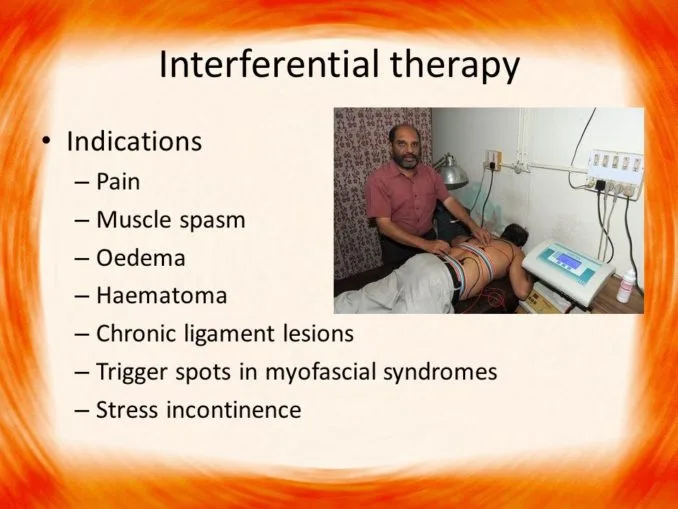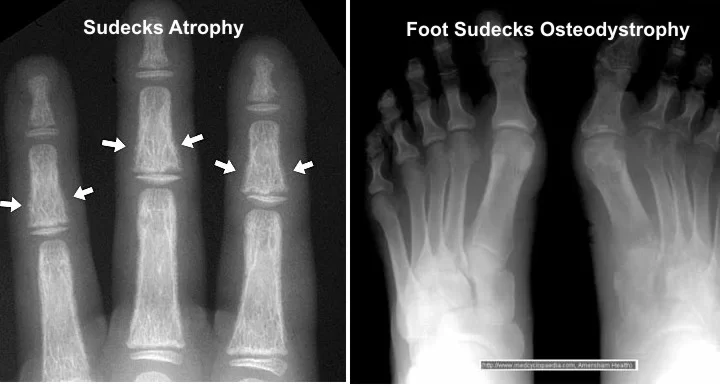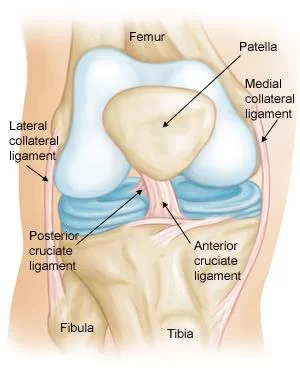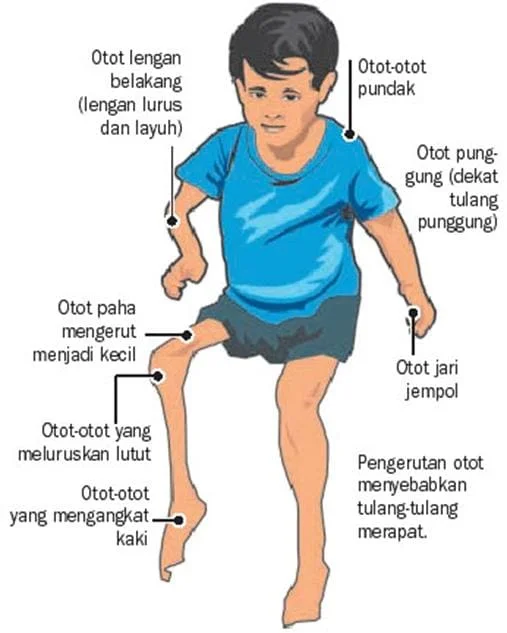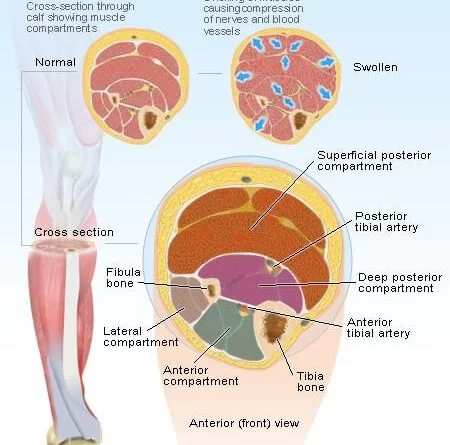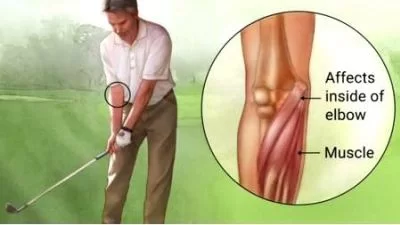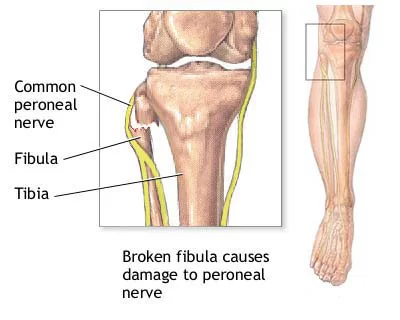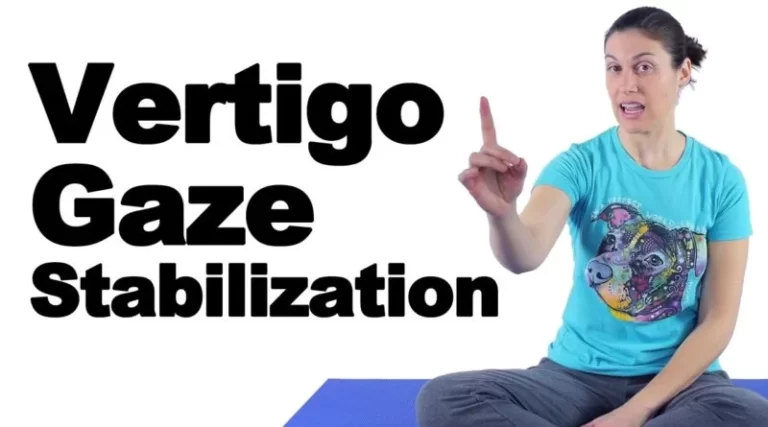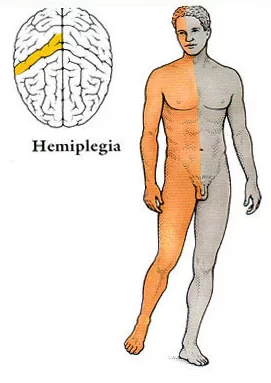Interferential current Therapy (IFT):
Introduction of Interferential Current Therapy (IFT): PRINCIPLES OF IFT : The exact frequency of the resultant beat frequency can be controlled by the input frequencies. If for example, one current was at 4000Hz and its companion current at 3900Hz, the resultant beat frequency would be at 100Hz, carried on a medium frequency 3950Hz amplitude modulated…

